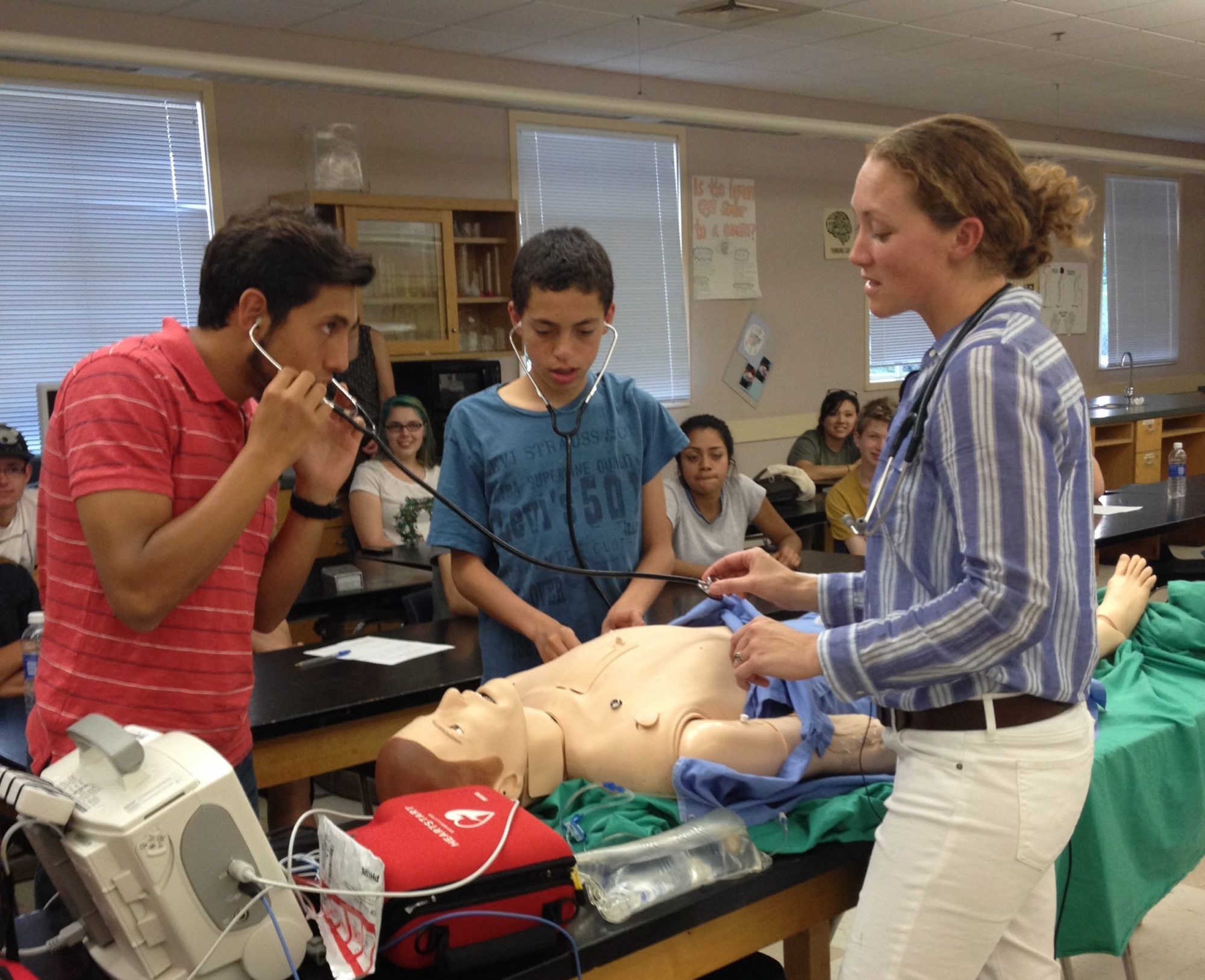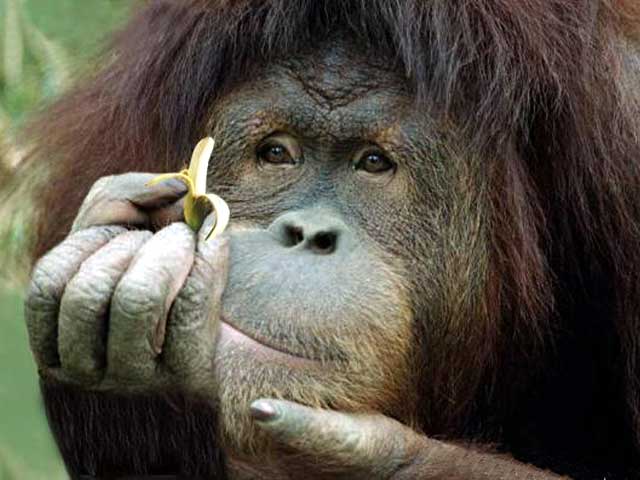by Julia McKeag, Terra Linda HS
Susan Fisher, Ph.D. is the Director of Translational Research in Perinatal Biology and Medicine at UCSF. She is also a Professor in the Departments of Oral Biology, Pharmaceutical Chemistry, and Anatomy and Faculty Director at the Biomolecular Resource Center, UCSF. She is also a member of the UCSF Biomedical Sciences Graduate Program (BMS).
(Figure 1- refer to end of interview)
What type of experiments does your lab do?
We study the early stages of human development. One of the approaches we use includes deriving human embryonic stem cell lines.
How did you become interested in stem cell research?
Stem cell research is rooted in developmental biology, which I have been interested in for as long as I can remember. I have always been fascinated by how one cell becomes an entire human being.
How do you think stem cell research will benefit humanity?
Eventually we will understand how to cure human diseases using cell-based therapies.
(Figure 2)
Do you think Stem cell research will continue in the future despite its surrounding controversy?
Yes. We have learned so much already using stem cell models. This is a very compelling reason for continuing these lines of investigation.
Are animal stem cells similar in structure and function to human stem cells?
There is not a clear-cut answer to this question. We know from comparative analyses that there are similarities and differences. My personal conclusion is that work in both areas is important.
(Figure 3)
What is the most interesting thing you’ve discovered about stem cells during your research?
We have developed a new method of deriving human embryonic stem cells that appear to be less differentiated than analogous cells derived by standard methods.
What is an average day as the Director of Translational Research in Prenatal Biology and Medicine at UCSF like? What does this position entail?
I am also head of the UCSF Human Embryonic Stem Cell Program. as Director of Translational Research, I lead programs in which we study placental function in normal pregnancy and in pregnancy complications. My job in the Human Embryonic Stem Cell Program focuses on embryonic rather than placental development. Therefore, between both jobs I get to study the cells that form the placenta and the offspring, which it supports. The work is mesmerizing and extremely rewarding! We get to ask questions about processes that very few people get to study.
Figure 1: Human Embryonic Stem Cells- in a recent medical case, Doctors at Glasgow’s Southern General Hospital grew stem cells into neural stem cells, then injected them into a stroke patient’s brain
Figure 2: Cluster of Human Embryonic Stem Cells
Figure 3: Humans, Animals, and Plants have clusters of stem cells that sustain growth and replace damaged tissues.
Join Dr. Fisher and Marin Science Seminar this Wednesday to learn more!
Wednesday, March 28th
From 7:30 to 8:30pm
Terra Linda High School
Room 207
Julia McKeag







